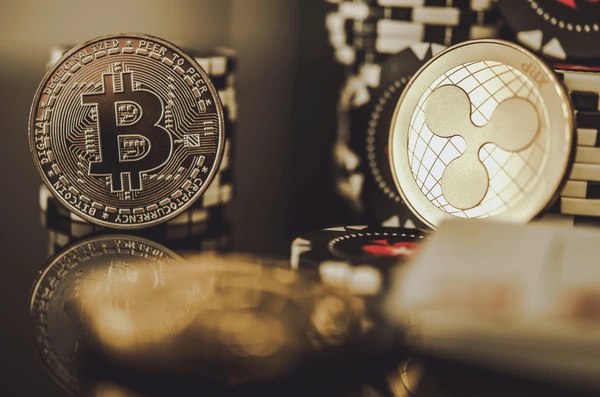In the ever-evolving world of digital finance, the narrative often sets Bitcoin and XRP holders against each other, as if they are locked in a fierce rivalry. However, Ripple CEO Brad Garlinghouse offers a different perspective, suggesting a more collaborative vision for the future. During a recent event in Las Vegas, Garlinghouse proposed that while Bitcoin and XRP might serve different purposes within the financial ecosystem, they are not adversaries. Instead, they could collectively drive a transformation in the global banking system over the coming decades.
Bitcoin and XRP: A Combined Approach to Financial Evolution
Ripple’s Innovative Vision for Cryptocurrency
At the core of Garlinghouse’s message is the idea that Bitcoin’s success does not come at the expense of XRP, or vice versa. Speaking to an audience in Las Vegas, he emphasized, “The Bitcoin community is not our enemy. They really are not. If they do well, we’re gonna do well, we might do better. It’s not a zero-sum game.” This statement highlights Ripple’s strategy of not competing against Bitcoin but rather collaborating in a collective mission to enhance the global financial landscape.
Bitcoin, as the pioneer cryptocurrency, was born to challenge the traditional banking systems, offering an alternative route for financial transactions. Meanwhile, Ripple’s XRP is designed to work within existing regulatory frameworks, improving the efficiency of cross-border banking transactions. Despite their distinct approaches, Garlinghouse sees both as essential elements in the broader transformation of financial services.
Building the Future of Banking Together
Garlinghouse didn’t just defend XRP’s relationship with Bitcoin; he underscored their shared potential in reconstructing the banking sector. He remarked on the scale of change that digital currencies could bring about in the next 10 to 20 years, stating, “We underestimate how big that change is and how profound it is, and we get there by being collaborative and working together and not against each other.” His words reflect a strategic approach that emphasizes collaboration over competition, promoting growth for both XRP and Bitcoin in the digital finance space.
This vision aligns with recent developments, such as the launch of XRP and Micro XRP futures contracts on the CME Group, symbolizing a milestone in institutional interest and adoption. Garlinghouse also highlighted the growing anticipation for a potential spot XRP ETF, with approval odds from the SEC now looking more favorable at 83%. Such milestones indicate a growing acceptance and integration of XRP within mainstream financial systems.
What sets XRP apart from Bitcoin?
XRP and Bitcoin serve different purposes in the financial world. While Bitcoin was developed as a decentralized alternative to traditional currencies, offering security for peer-to-peer transactions, XRP aims to facilitate fast and low-cost cross-border payments, primarily among banks.
How does XRP benefit from Bitcoin’s success?
As Bitcoin garners more traction and acceptance, it indirectly legitimizes the broader cryptocurrency market. This rising tide lifts all boats, including XRP, as increased general interest and investment in digital currencies can benefit all parties involved.
Is XRP a secure investment?
Investing in XRP, like any cryptocurrency, carries its risks. However, XRP’s focus on regulatory compliance and enhancing banking processes positions it uniquely within the crypto market. Investors should consider market trends, regulatory developments, and potential returns when evaluating its security as an investment.
By presenting a united front, Bitcoin and XRP advocates can focus on the greater goal of digital integration in finance. This cooperative vision is essential for those interested in the financial future, where the success of one cryptocurrency does not necessitate the failure of another.

